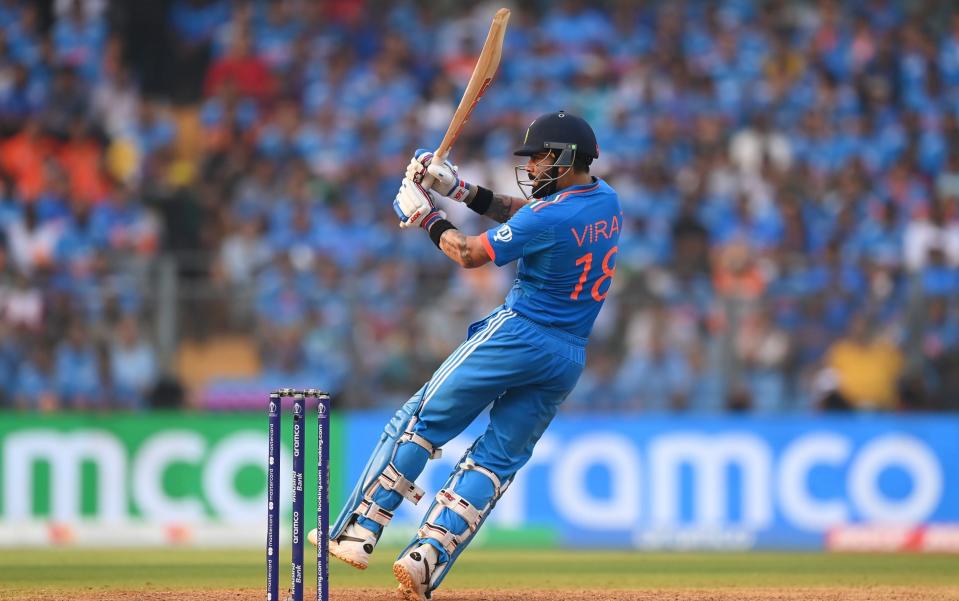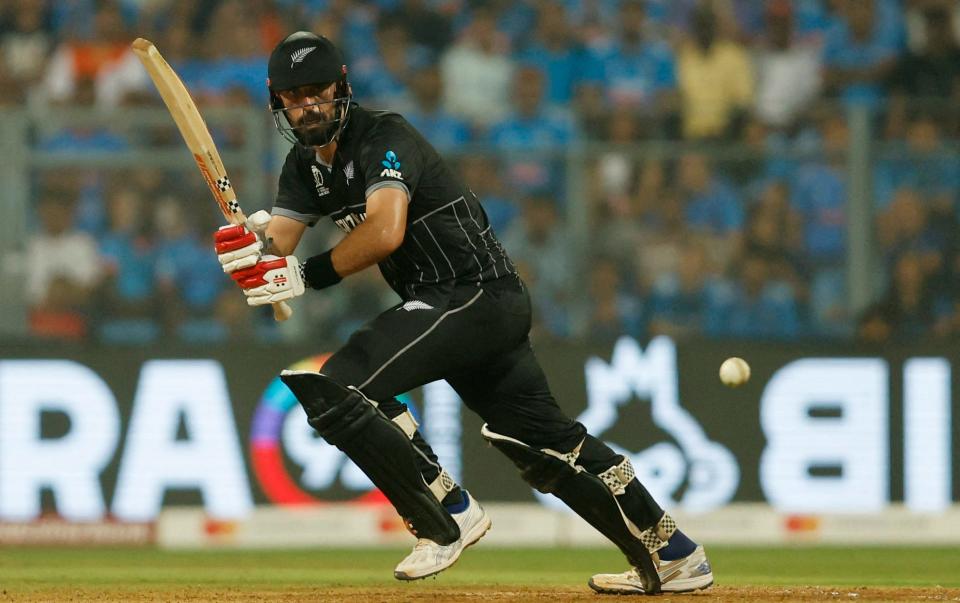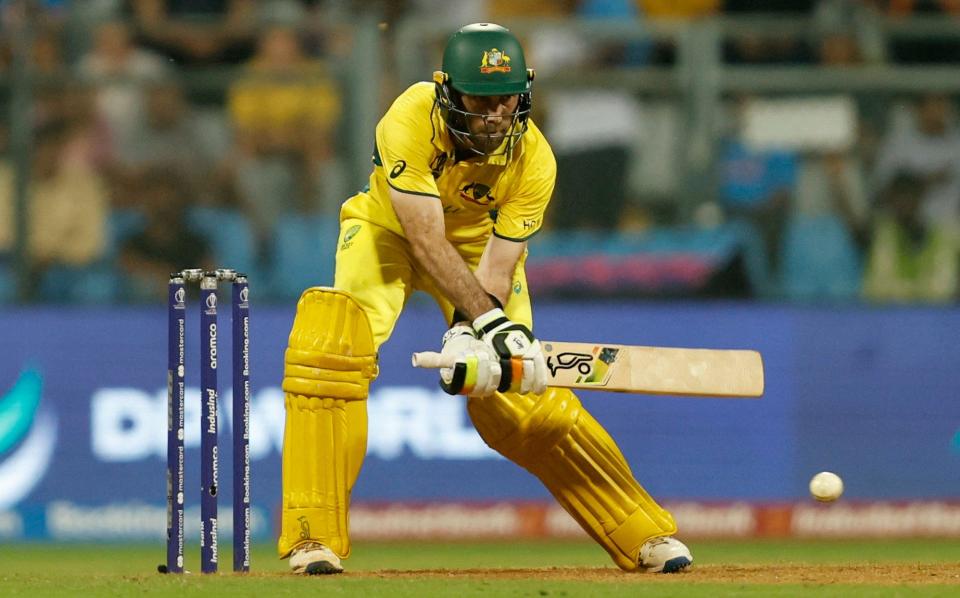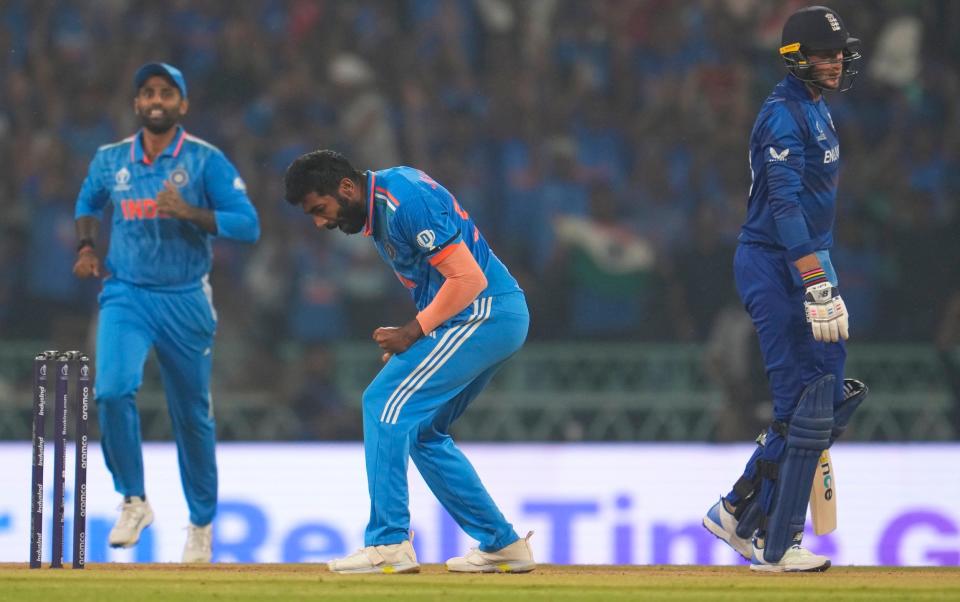Cricket World Cup team of the tournament: Travis Head opens but Quinton de Kock misses out

Australia overcame hosts India by six wickets in Ahmedabad to win their sixth World Cup on Sunday but how many of Australia’s victorious team make our team of the tournament? And who makes the cut from the other countries?
Here Telegraph Sport picks its XI from the past six weeks:
Rohit Sharma (India, captain)
India have often been accused of batting too conservatively in white-ball tournaments. Rohit’s selfless approach ensured that this time would be different: scoring quickly from the outset, he showed the template that he wanted his team to follow. In the process, he allowed Virat Kohli to bat at his natural tempo. While he was dismissed five times in the 40s, Rohit’s consistency was such that he still finished second only to Kohli among the top run-scorers in the tournament.
Travis Head (Australia)
Player of the match in both the semi-final and final, playing two masterly innings while remaining true to his buccaneering style. Given the quality of the attack and the loss of three early wickets, his century at Ahmedabad stands alongside Clive Lloyd in 1975 and Aravinda de Silva in 1996 among the greatest innings in a World Cup final. Complete vindication for Australia taking Head to the World Cup when he was not fully fit.
After missing Australia’s first five matches, a blistering 59-ball century on his return against New Zealand showed that Head is among the most feared batsmen in the world – whatever the format. In June he scored 163 against India to help Australia win the World Test Championship too. Off spin was vital in the semi-final too.
"A HUNDRED FOR TRAVIS HEAD ON THE BIGGEST OF STAGES" 😍
What an innings! 🔥💯 pic.twitter.com/5NvOmdvEuA— Sky Sports Cricket (@SkyCricket) November 19, 2023
Rachin Ravindra (New Zealand)
The breakout star of the World Cup. Began the tournament needing Kane Williamson’s injury to break into the first XI; ended it having made three sparkling centuries, against England, Australia and Pakistan. Aged 23, his sumptuous driving and lightness on his feet against spin marked out Ravindra as New Zealand’s next star.
Virat Kohli (India)
Not India’s captain any more yet still the country’s most inescapable cricketer. Kohli ensured that he remained that way with a tournament of astounding consistency: he reached 50 nine times in 11 innings – and a century three times – and averaged 95.6. The master of the middle overs.

Daryl Mitchell (New Zealand)
Until Travis Head in the final, no one had made a century against India all tournament; Mitchell made two. Both in the group game in Dharamshala and in the semi-final in Mumbai, Mitchell showed his brilliant straight hitting, using his feet decisively against seam and spin alike.

Heinrich Klaasen (South Africa, wicketkeeper)
Brutal power hitting, with the highlight being his evisceration of England on a baking day in Mumbai: 109 from 67 balls, showing the power that has marked Klaasen’s stunning two years in white-ball cricket. His team-mate Quinton de Kock is desperately unfortunate to miss out after scoring four centuries, but this team reflects the positions that players batted – rather than simply picking those who scored the most runs, inevitably batting in the top order. As South Africa’s Test wicketkeeper, Klaasen can happily keep.
Glenn Maxwell (Australia)
Arguably the single most extraordinary ODI innings of all time was enough to merit Maxwell’s inclusion in the team of the tournament. But, besides that stupendous 201 against Afghanistan, Maxwell contributed consistently – slamming a century against Netherlands, and chipping in with useful runs against New Zealand and Sri Lanka. His bowling, which loomed as a potential weak link, was almost as significant: Maxwell bowled 68.3 overs – more than seven per game in his nine matches – and conceded a frugal 4.8 an over, no matter his limited wicket-taking threat. Effervescent as ever in the field too.

Gerald Coetzee (South Africa)
The yorker from around the wicket that castled Josh Inglis could not quite lift South Africa to their first World Cup final. But it added to the impression that Coetzee, sharp, burly and wholehearted, will be the latest member of South Africa’s rich pace bowling lineage.
Adam Zampa (Australia)
Like his team, Zampa began inauspiciously: one for 133 from 18 overs across the defeats by India and South Africa. But Zampa’s four wickets against Sri Lanka then reinvigorated Australia’s tournament. His threat ensured that Australia retained constant threat in the middle overs, confirming England’s elimination with a masterful three for 21 in Ahmedabad, when Zampa extended his outstanding record against Jos Buttler.
Jasprit Bumrah (India)
Needed eight balls to take India’s first World Cup wicket, and his standards rarely deviated thereafter. Whether with new ball or old, Bumrah was as menacing as ever: an unusual release point, relentless accuracy and seam and swing alike. For opposing batsmen, all that could be said was: good luck.

Mohammed Shami (India)
Not picked until India’s fifth game, Shami was magnificent thereafter – bowling a relentless line and length, jagging the ball both ways off the seam and harvesting wickets in the middle overs. The ultimate first-change bowler, though he opened when India hunted wickets in the final. Twenty-four wickets at 10.7 apiece made Shami the tournament’s leading wicket-taker. He often seemed to be bowling on a different pitch, never more so than when he took seven for 57 in a semi-final when more than 700 runs were scored in the day.

 Yahoo Sport
Yahoo Sport 



































































